How To Remove All Adobe Files From Windows

Sometimes information technology's just faster to practice things with the command line.
In this quick tutorial we'll get over how to open Control Prompt, some basic commands and flags, and how to delete files and folders in Command Prompt.
If yous're already familiar with basic DOS commands, feel gratuitous to skip alee.
How to open Command Prompt
To open Command Prompt, press the Windows central, and type in "cmd".
Then, click on "Run as Administrator":
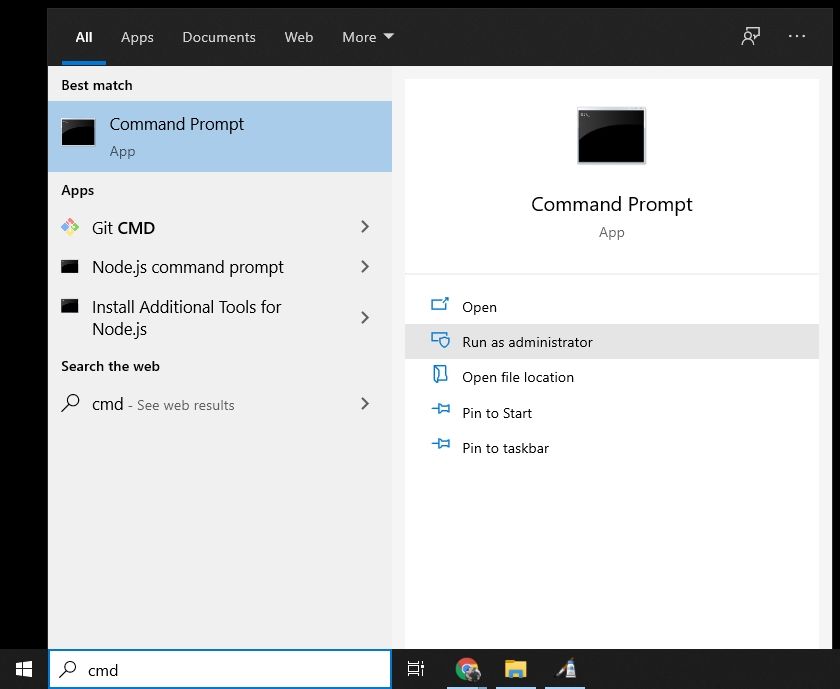
Later that, you'll meet a Command Prompt window with administrative privileges:
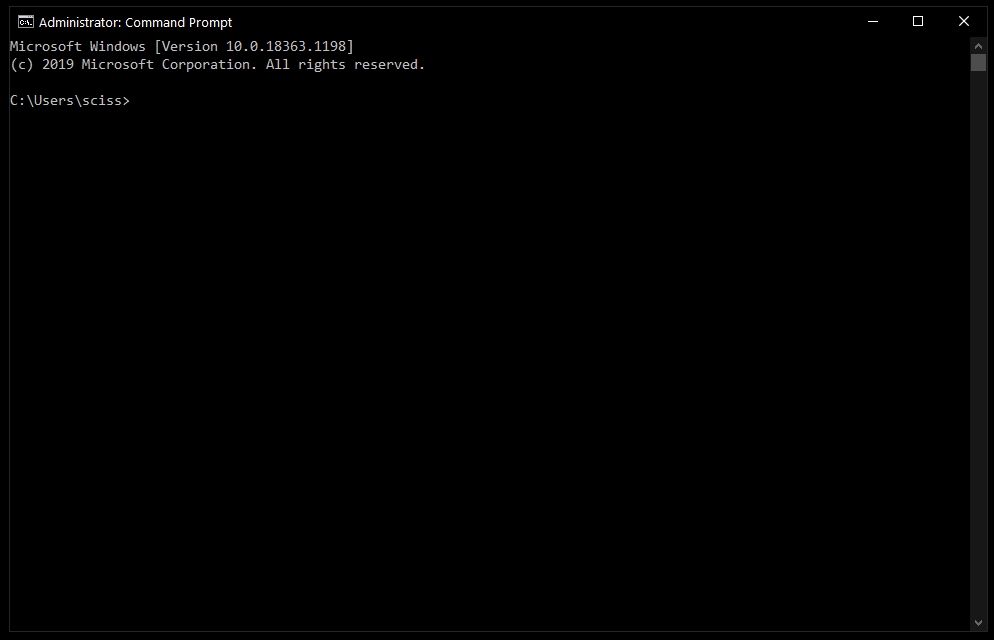
If you lot can't open Control Prompt as an administrator, no worries. You tin can open a normal Command Prompt window past clicking "Open" instead of "Run equally Ambassador".
The only difference is that yous may not exist able to delete some protected files, which shouldn't be a problem in almost cases.
How to delete files with the del command
Now that Command Prompt is open up, employ cd to alter directories to where your files are.
I've prepared a directory on the desktop called Test Folder. Y'all tin utilise the command tree /f to see a, well, tree, of all the nested files and folders:
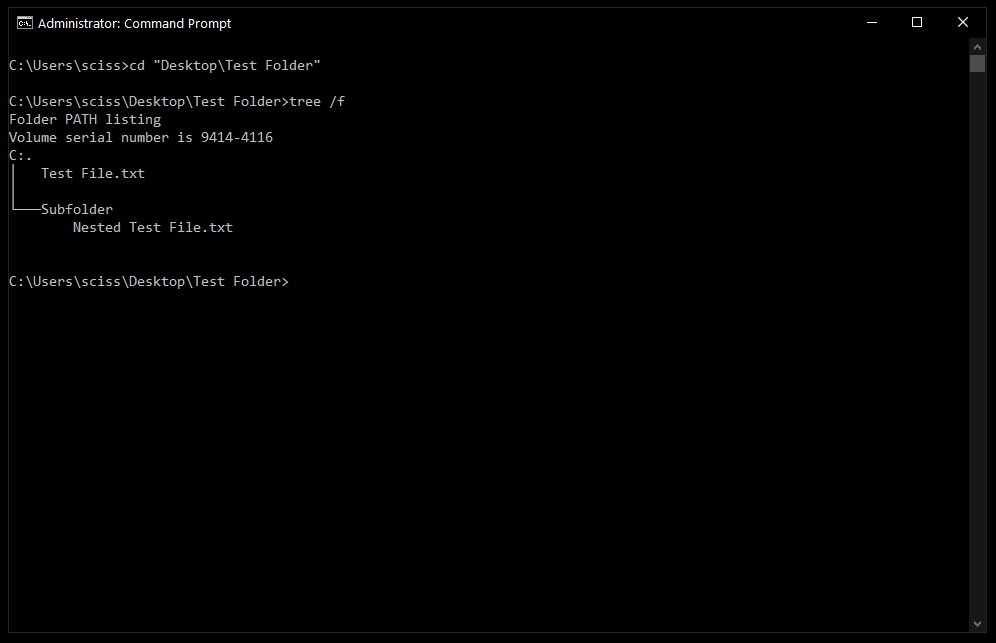
To delete a file, utilise the following control: del "<filename>".
For example, to delete Exam file.txt, just run del "Exam File.txt".
In that location may exist a prompt asking if yous desire to delete the file. If so, type "y" and hit enter.
Notation: Any files deleted with the del command cannot be recovered. Exist very careful where and how you apply this command.
After that, you lot tin run tree /f to confirm that your file was deleted:

Also, bonus tip – Command Prompt has bones autocompletion. And so y'all could but type in del exam, printing the tab key, and Command Prompt will change it to del "Test File.txt".
How to forcefulness delete files with the del command
Sometimes files are marked as read simply, and y'all'll encounter the following error when you endeavor to employ the del command:
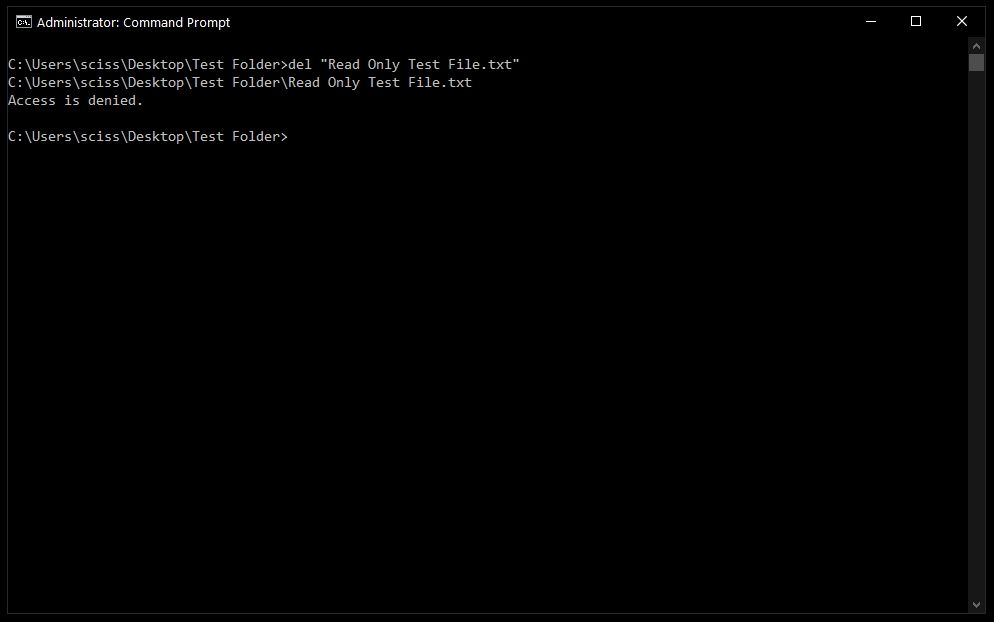
To get around this, use the /f flag to force delete the file. For instance, del /f "Read Only Examination File.txt":
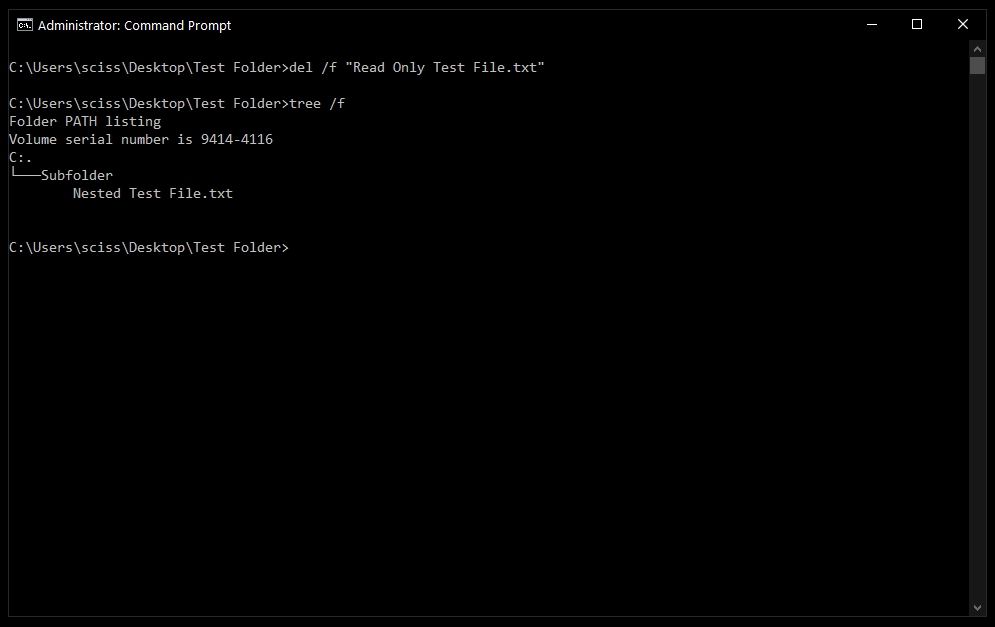
How to delete folders with the rmdir control
To delete directories/folders, you lot'll demand to apply the rmdir or rd control. Both commands work the same way, but let's stick with rmdir since it'south a chip more expressive.
Also, I'll use the terms directory and folder interchangeably for the rest of the tutorial. "Binder" is a newer term that became pop with early on desktop GUIs, merely folder and directory basically mean the same affair.
To remove a directory, just utilize the command rmdir <directory name>.
Note: Whatsoever directories deleted with the rmdir control cannot be recovered. Be very conscientious where and how you use this command.
In this case I want to remove a directory named Subfolder, then I'll employ the command rmdir Subfolder:
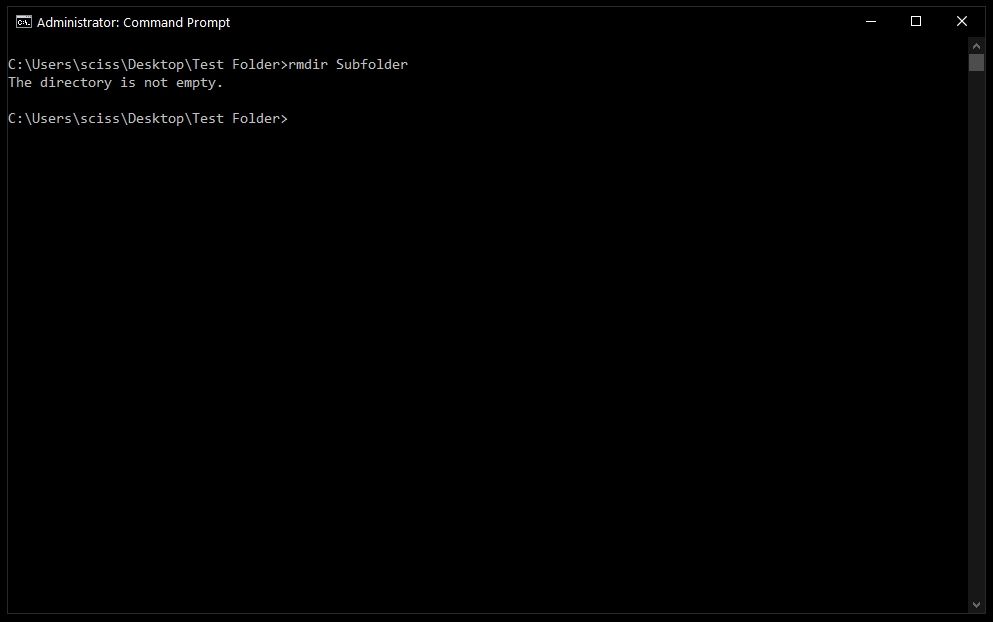
Merely, if you retrieve earlier, Subfolder has a file in it named Nested Examination File.
You could cd into the Subfolder directory and remove the file, then come back with cd .. and run the rmdir Subfolder command again, but that would get deadening. And merely imagine if there were a bunch of other nested files and directories!
Like with the del control, in that location's a helpful flag we can use to make things much faster and easier.
How to use the /s flag with rmdir
To remove a directory, including all nested files and subdirectories, simply apply the /due south flag:
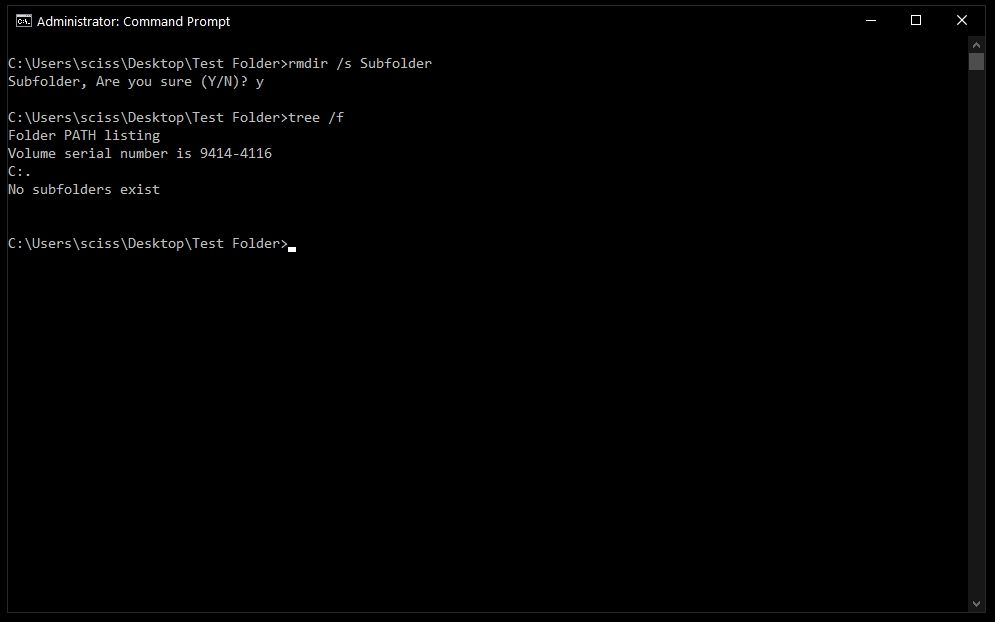
There will probably be a prompt asking if you want to remove that directory. If so, just type "y" and hit enter.
And that's information technology! That should be everything you need to know to remove files and folders in the Windows Command Prompt.
All of these commands should work in PowerShell, which is basically Command Prompt version 2.0. Too, PowerShell has a bunch of cool aliases similar ls and clear that should feel correct at home if you're familiar with the Mac/Linux command line.
Did these commands aid you lot? Are at that place whatever other commands that you lot find useful? Either way, let me know over on Twitter.
Learn to code for free. freeCodeCamp'south open up source curriculum has helped more than than 40,000 people get jobs as developers. Go started
Source: https://www.freecodecamp.org/news/cmd-delete-folder-how-to-remove-files-and-folders-in-windows/
Posted by: feasterthereappos.blogspot.com


0 Response to "How To Remove All Adobe Files From Windows"
Post a Comment